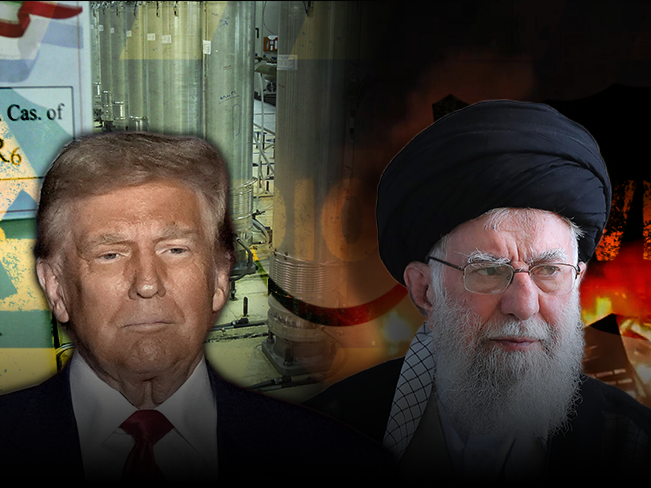Getting your Trinity Audio player ready...
Iran could produce enough weapons-grade uranium for a nuclear device in less than a week if it chose to, a senior U.S. military commander warned Wednesday, marking the most urgent assessment yet of Tehran’s potential nuclear capabilities.
Gen. Anthony Cotton, head of U.S. Strategic Command, told the Senate Armed Services Committee that Iran has reduced its “breakout time” — the period needed to enrich enough uranium for one bomb — from 10 to 15 days to “presumably less than one week.”
“The Islamic Republic of Iran continues to expand its nuclear program by increasing its stockpile of highly enriched uranium and deploying additional advanced centrifuges,” Cotton said in his written testimony. “Tehran has reduced the time required to produce sufficient weapons-grade uranium for a nuclear device.”
Cotton also warned that Iran maintains the largest arsenal of conventional ballistic missiles in the region, some of which were used in attacks on Israel over the past year. He said Tehran continues to proliferate advanced weapons to proxy groups across the Middle East, fueling instability and threatening U.S. forces and partners.
His comments came as the U.S. intelligence community released its annual threat assessment, which echoed concerns over Iran’s nuclear progress but maintained that Tehran is not currently developing a nuclear weapon.
Still, the assessment confirmed that Iran’s breakout time has significantly shortened. Previous estimates by U.S. officials, including former Secretary of State Antony Blinken, had placed the timeline at one to two weeks.
Since the U.S. withdrew from the 2015 nuclear agreement in 2018, Iran has steadily escalated its enrichment activities. The International Atomic Energy Agency reported last month that Iran had accelerated production of uranium enriched to 60% purity — a level just short of the 90% required for weapons use.
The IAEA said Iran now possesses enough 60%-enriched uranium to produce six nuclear bombs if it decides to enrich further. Experts say reaching weapons-grade enrichment from this point can be done relatively quickly.
Iran insists its nuclear program is for peaceful purposes, but in recent months, officials in Tehran have hinted that the country may reconsider its stance in light of what it calls growing military threats.
Get the Ynetnews app on your smartphone: Google Play: https://bit.ly/4eJ37pE | Apple App Store: https://bit.ly/3ZL7iNv
Though Iran’s uranium stockpile has grown, analysts note that it still lacks key elements required to complete a nuclear weapon. The second component, known as the "weaponization" phase, involves assembling the fissile material into a functioning warhead — a process that demands advanced technology, engineering expertise and precise components.
Last year, Israeli media reported that Iran had made attempts to acquire parts for this phase, but there has been no public confirmation of progress. Following an Israeli strike in October, reports said a secret site in Parchin, where Iran allegedly tried to revive weaponization efforts, was damaged.
While Tehran continues to claim it has no intention of pursuing nuclear weapons, Western officials remain skeptical as Iran’s nuclear capabilities continue to expand.




